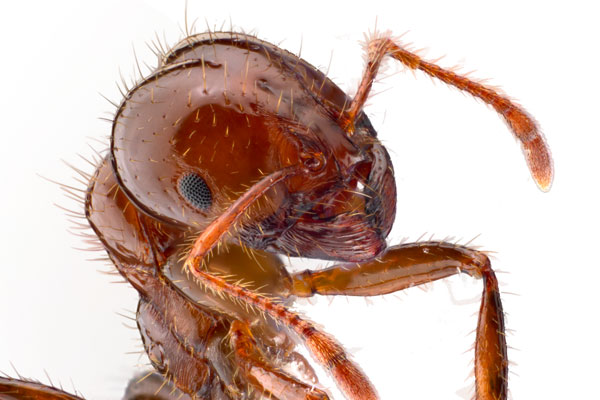It has been widely recognised that the main challenge for this strategy is to engender commitment and funding for its implementation.
Unless we develop the ecological knowledge, technologies, economic and social strategies to prevent new and emerging invasive species, and reduce the impacts of entrenched invasive threats, we will see ongoing decline and extinctions of native species.
In our submission to the draft National Environmental and Community Biosecurity Research, Development and Extension Strategy we argue the strategy should be made an extremely high priority within Australia’s biosecurity system, and we would like to see the need for this articulated more clearly.
We agree ‘displaced’ native animals should be part of the scope – if their displacement is due to human actions – but not that ‘overabundant’ native animals should be.
The likes of bell miners, noisy miners and black-spined urchins are not a biosecurity problem, but sugar gliders in Tasmania and rainbow lorikeets in Western Australia are because they were shifted to these new locations.
But why only animals? Native plants like Cootamundra wattle and pathogens that have become invasive when shifted to new locations should also be included.









